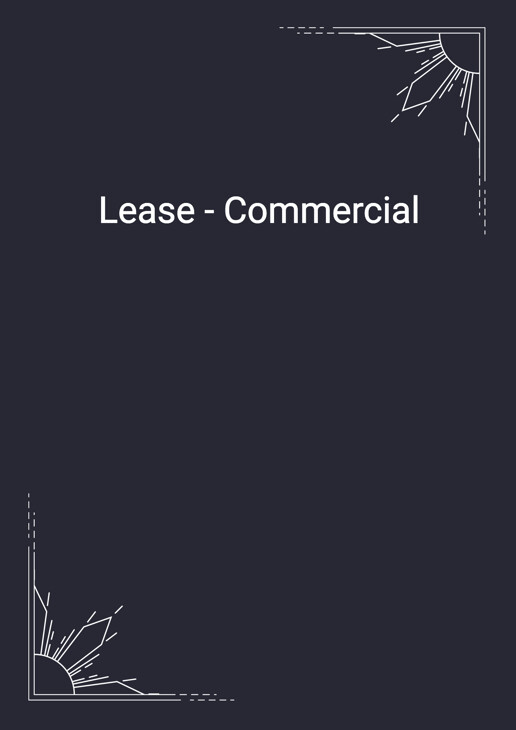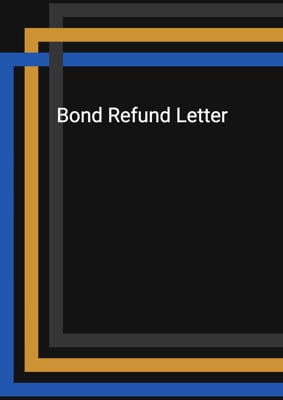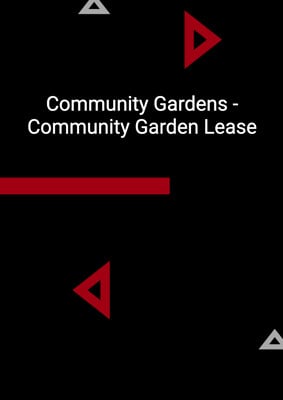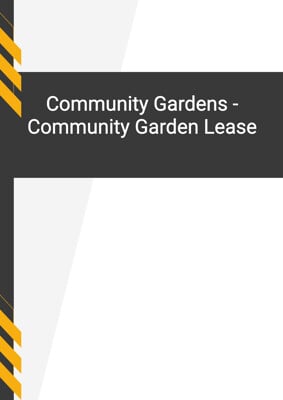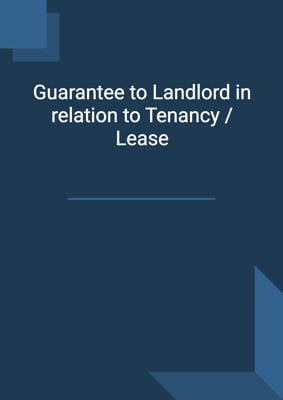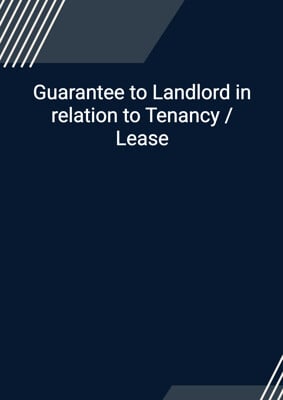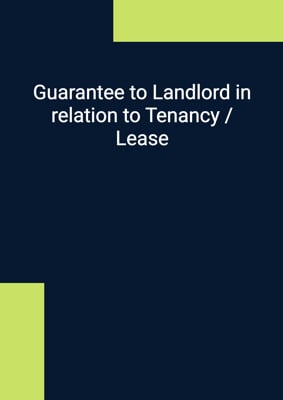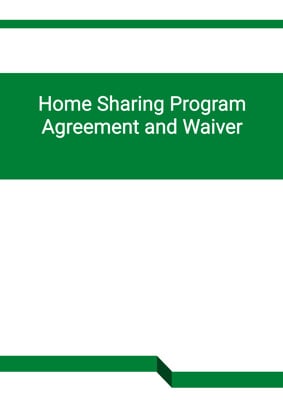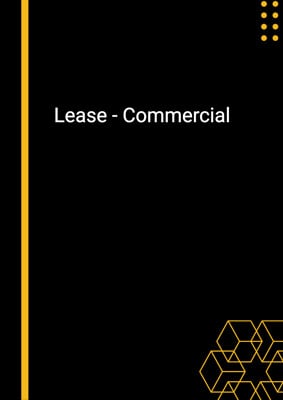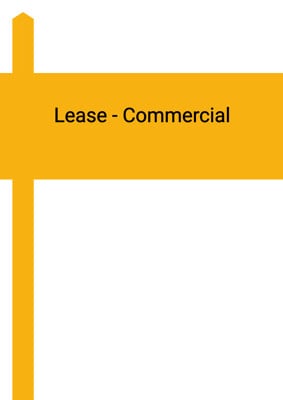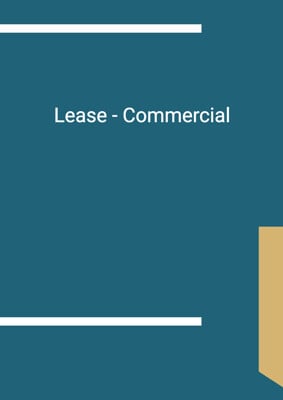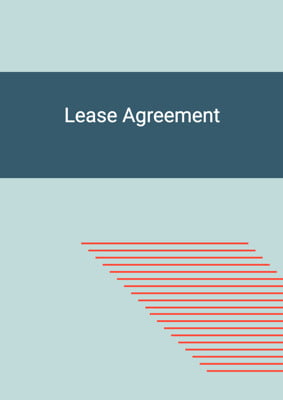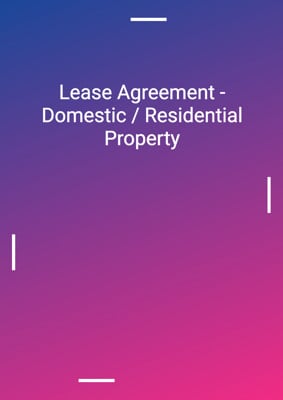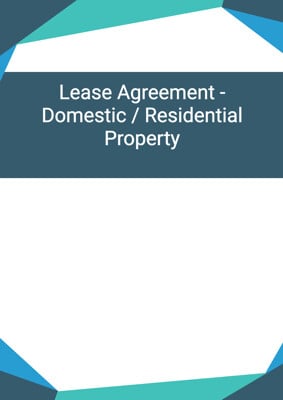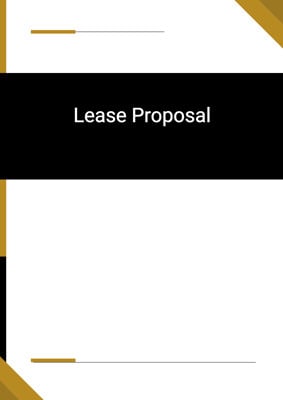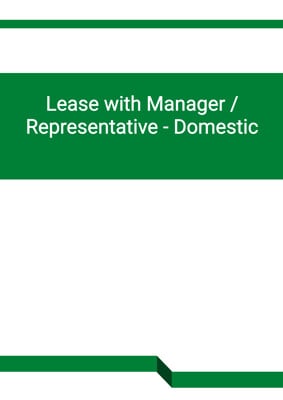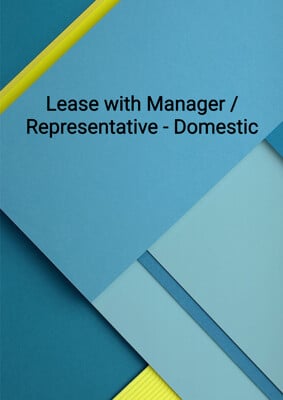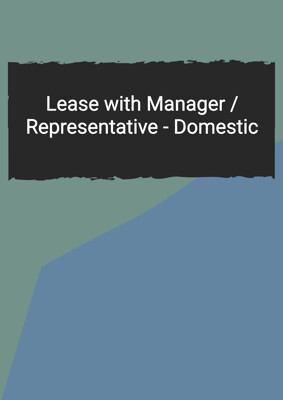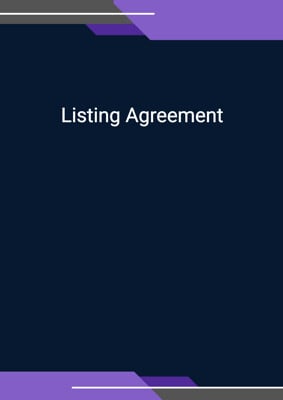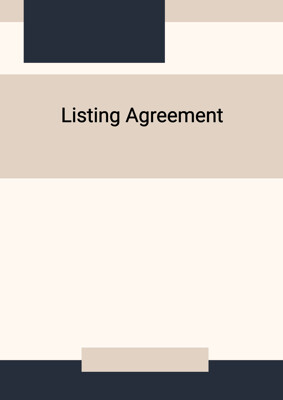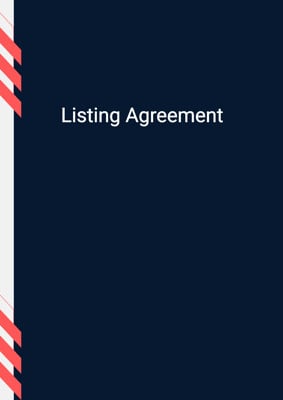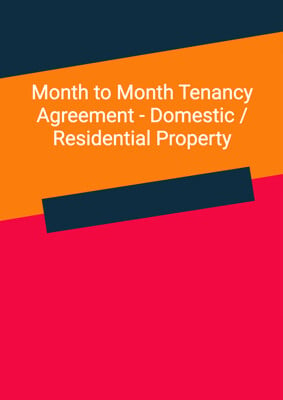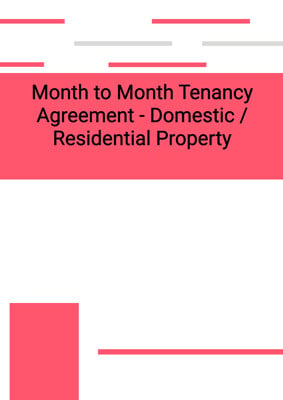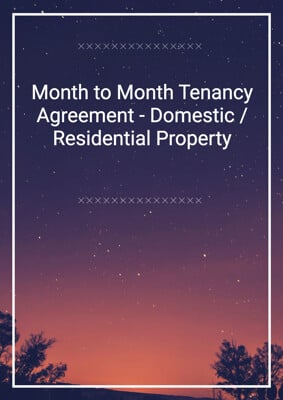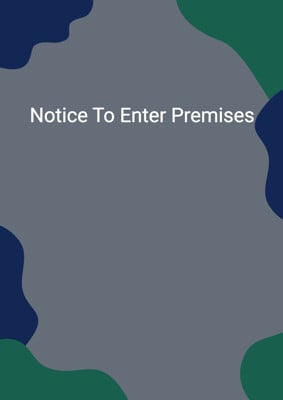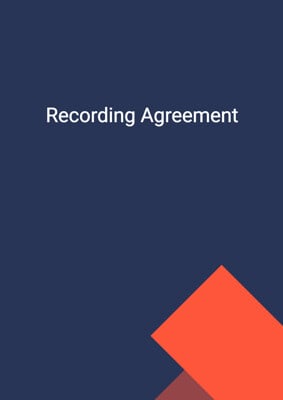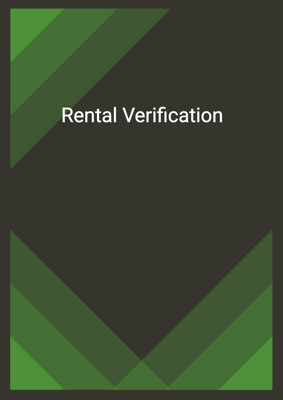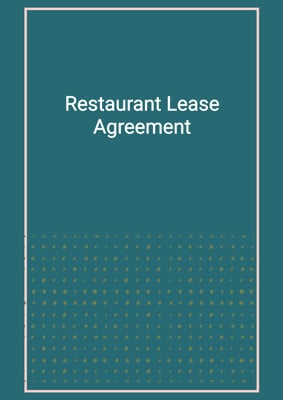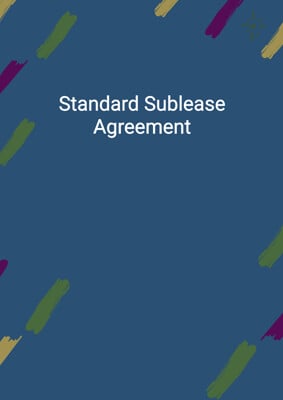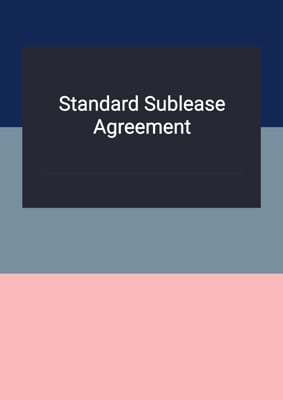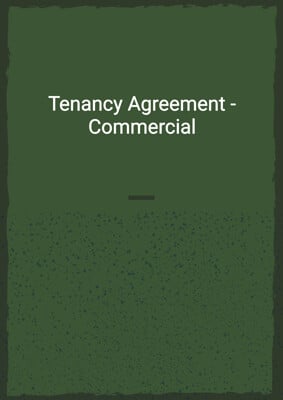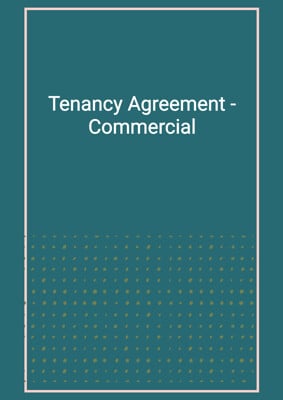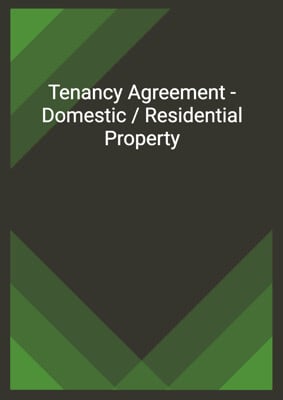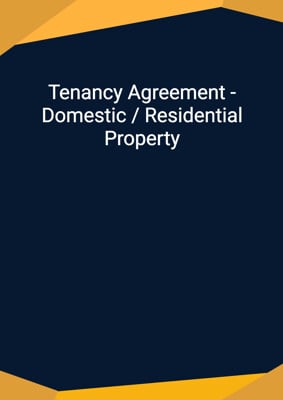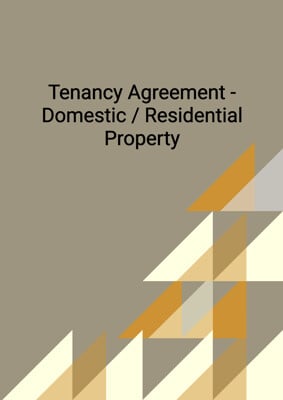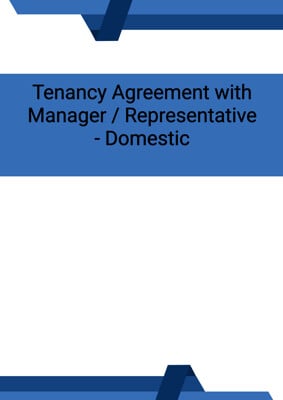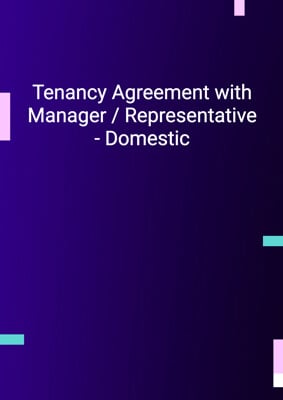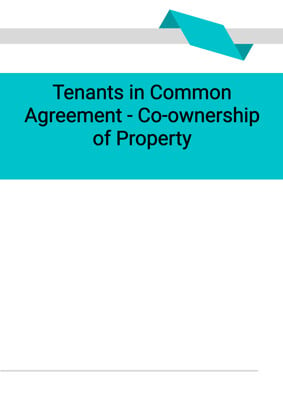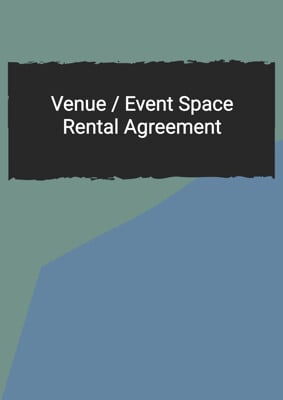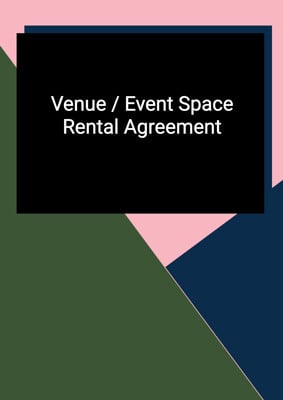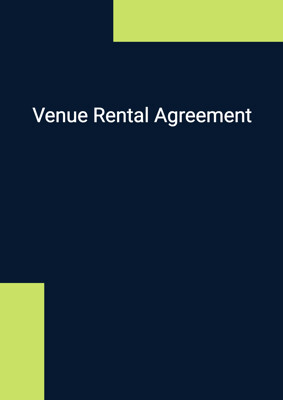How to Tailor the Document for Your Need?
01
Create Document
Fill in the details of the parties. You can click the "Fill with Member’s Information" button to complete it with information saved to your account.
02
Fill Information
Please fill in any additional information by following the step-by-step guide on the left hand side of the preview document and click the "Next" button.
03
Get Document
When you are done, click the "Get Document" button and you can download the document in Word or PDF format.
04
Review Document
The document should be signed by the authorised signatory (or directors of a company) and witnessed to complete the formality.
Document Preview
Document Description
This commercial lease agreement is a legally binding document that outlines the terms and conditions between the lessor and the lessee. The document begins by highlighting the importance of the lease agreement and the obligations of both parties. It provides a detailed introduction to the entire document and each section, ensuring that all parts of the lease are described thoroughly.
The lease agreement covers various aspects, including the lease of the premises, the term of the lease, rent payment, deposit, other charges, responsibilities of the lessor and lessee, termination of the lease, and restrictions and prohibitions. Each section is explained in detail, ensuring that both parties understand their rights and obligations.
The document also includes a schedule that outlines the fixtures, fittings, equipment, furnishings, parking, storage, and common areas provided to the lessee. It specifies the responsibilities and costs associated with these additional facilities.
Overall, this commercial lease agreement is a comprehensive and detailed document that ensures both parties are aware of their rights and responsibilities throughout the lease term.
How to use this document?
1. Review the entire lease agreement carefully to understand its importance and the obligations of both parties.
2. Pay attention to the detailed introduction for each section of the document to ensure a thorough understanding of all parts of the lease.
3. Familiarize yourself with the terms and conditions related to the lease of the premises, including the term of the lease, rent payment, and any additional charges.
4. Understand the responsibilities of both the lessor and the lessee, including maintenance, repairs, and compliance with regulations.
5. Take note of the termination clause and the conditions under which the lease can be terminated.
6. Be aware of the restrictions and prohibitions outlined in the lease agreement.
7. Refer to the schedule to understand the additional facilities provided, such as parking, storage, and common areas.
8. Keep in mind that the lessee is responsible for any damage or loss to the premises or additional facilities.
9. Seek legal advice if needed to ensure a clear understanding of the lease agreement and its implications.
10. Comply with all the terms and conditions of the lease agreement to avoid any disputes or legal issues.
Not the right document?
Don’t worry, we have thousands of documents for you to choose from:
